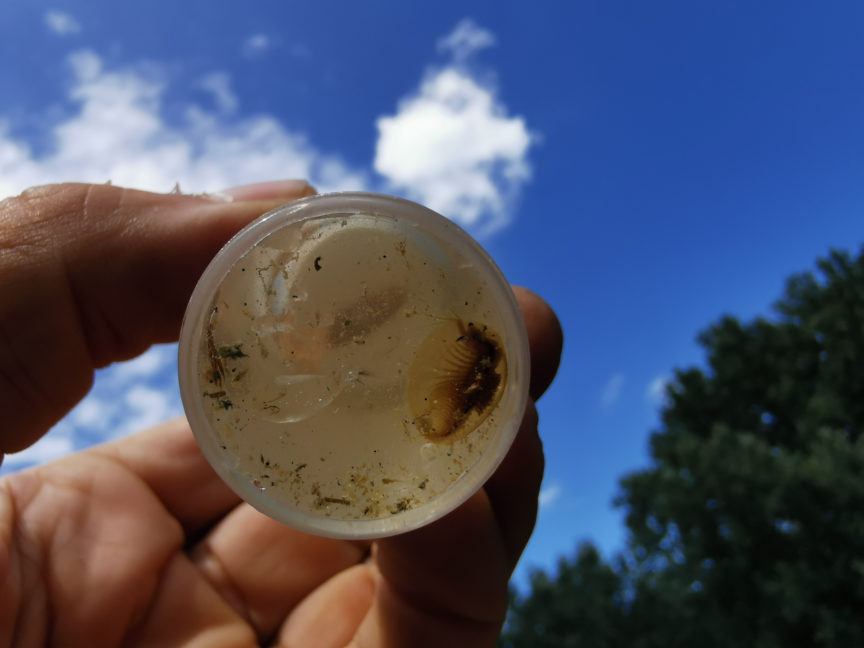In the Donau-Auen National Park, experts have found an approximately ten millimeter large lens cancer (Limnadia lenticularis) discovered. The “living fossil” is a particularly endangered and extremely rare species of tadpole shrimp.
Tadpole shrimp populated the earth long before the age of the dinosaurs. They are one of the oldest living animals in the world. The fact that they have survived almost unchanged for almost half a billion years is mainly due to their ability to lay “permanent eggs”. These can survive for decades in extreme heat and without water. As soon as certain parameters - such as the flood phase, temperature, season, etc. - are favorable, the larvae hatch.
The Austrian Federal Forests in their broadcast: “The lentil cancer in the Donau-Auen National Park was discovered on August 11 by ÖBf biologist Birgit Rotter and ÖBf National Park Forester Franz Kovacs on the Lackenwiese near Stopfenreuth and in September by the experts from the VINCA Institute für Naturschutzforschung und Ökologie GmbH, Vienna - examined and scientifically confirmed. A female with eggs under the shell was also found. Male specimens of this species were recorded for the first time in 1997 in the floodplain of the Danube. "
Image: ÖBf-Archiv / F. Kovacs
Header image: Donau-Auen National Park
This post was created by the Option Community. Join in and post your message!




